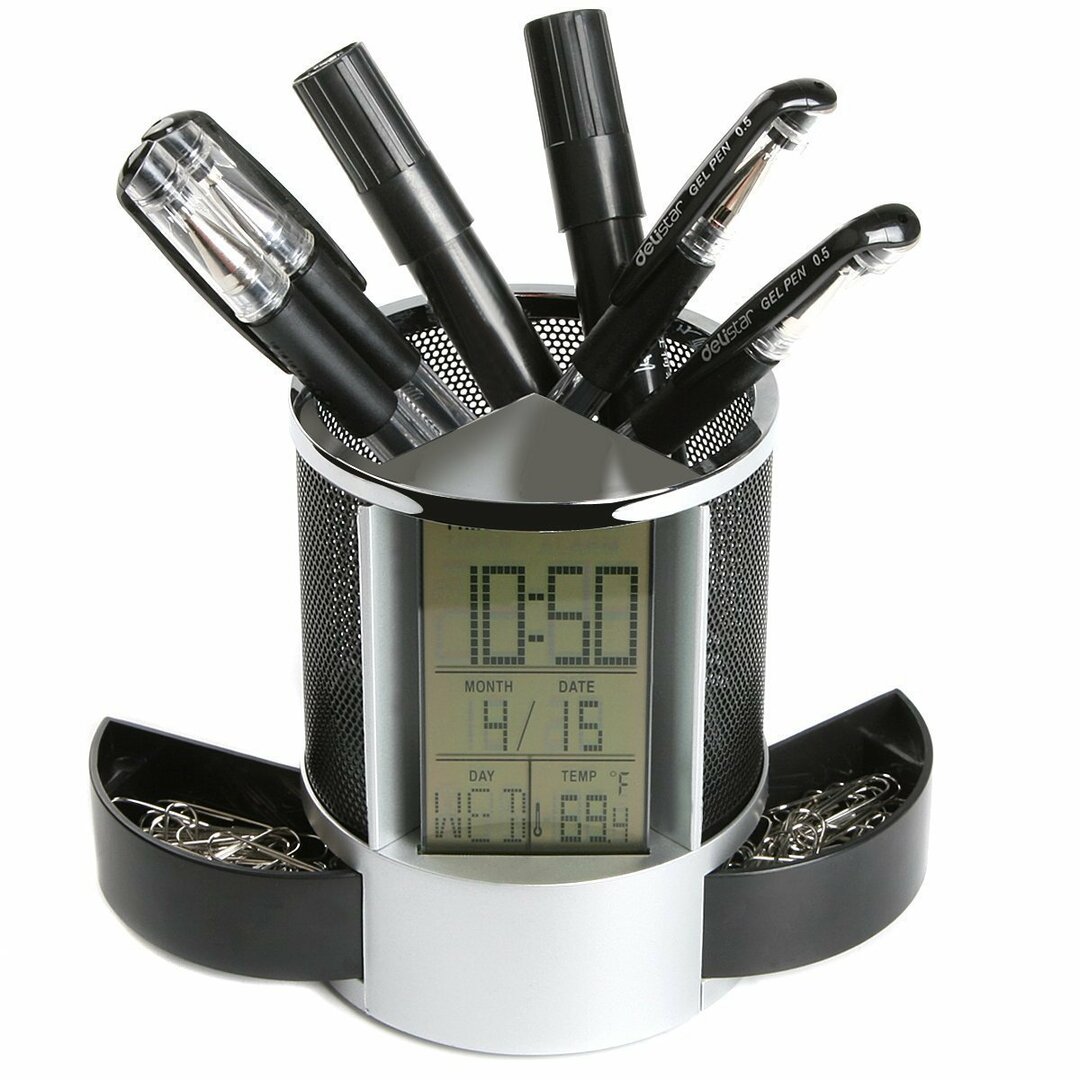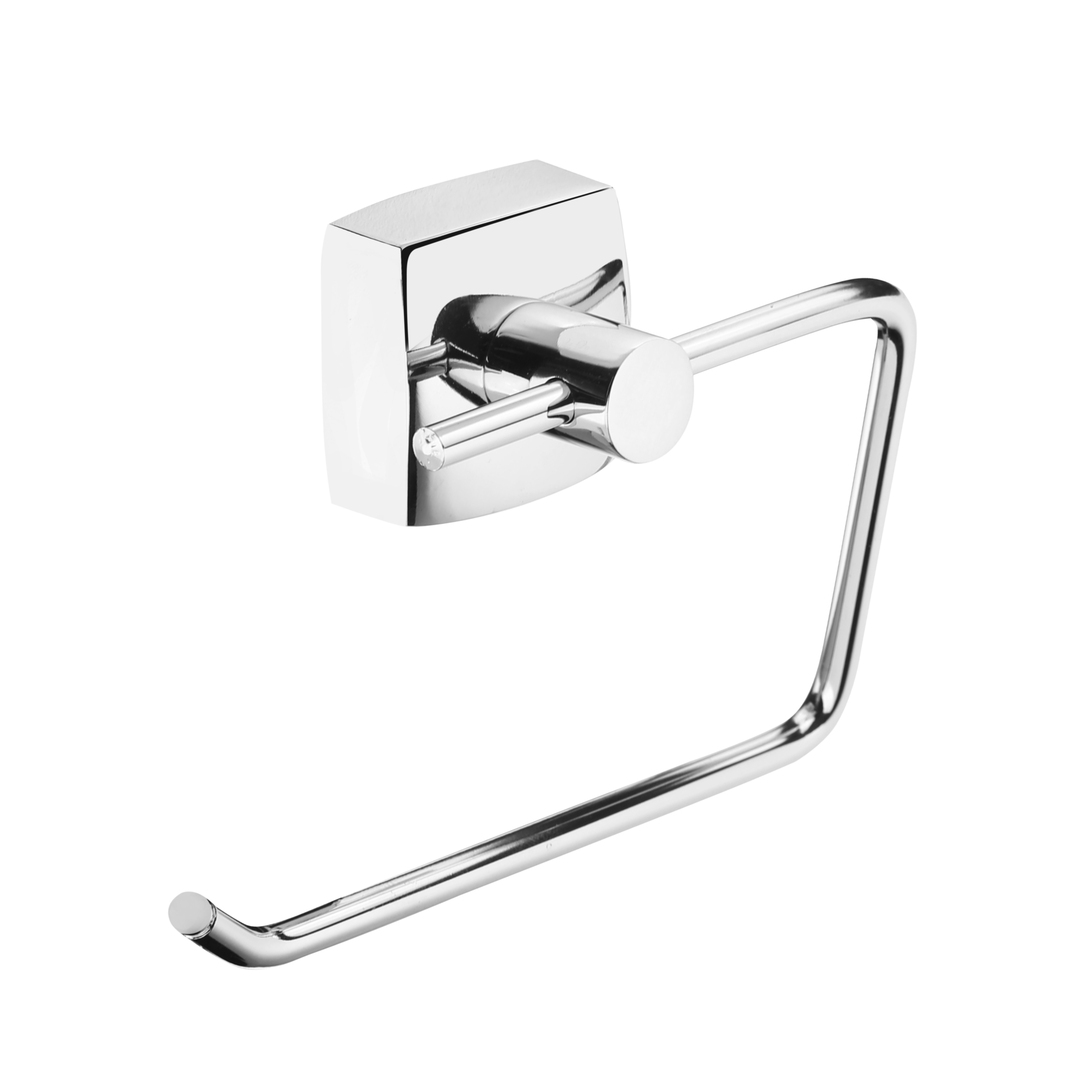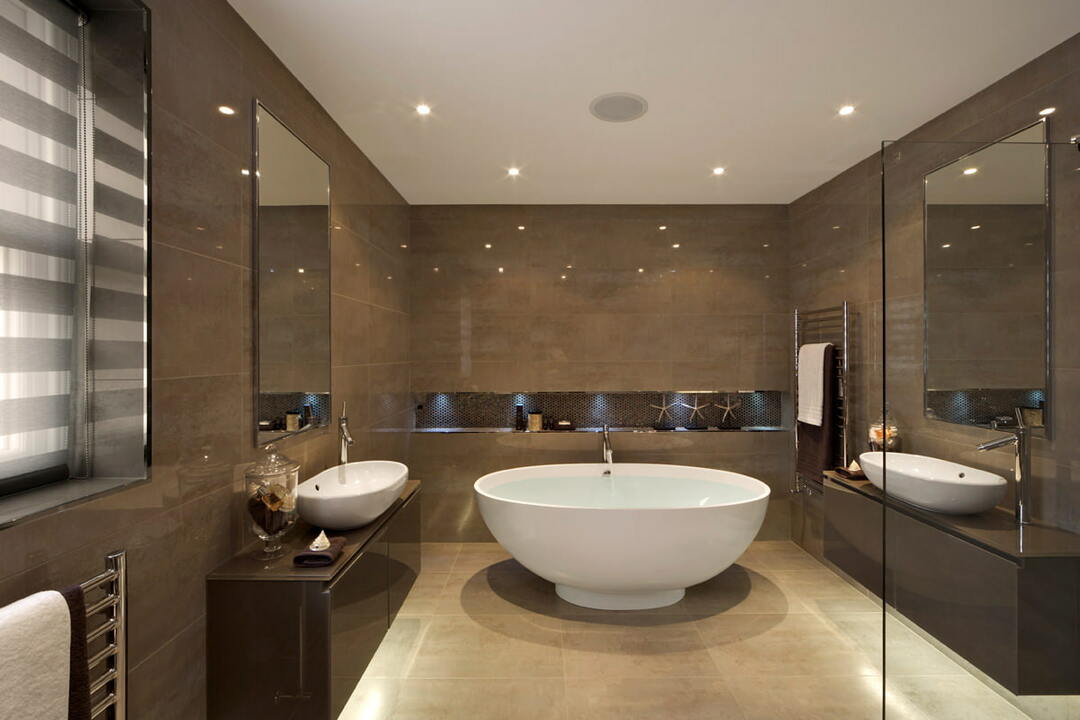
- Flooring requirements in the children's room
- Types of linoleum
- Linoleum marking
- What should I look for when buying linoleum for a nursery?
- Selecting linoleum according to the age of the child
- Recommendations for caring for linoleum in the nursery
- Useful advices
Every loving parent strives to create comfortable and safe living conditions for his children. Therefore, many adults are worried about the question: is linoleum suitable for a children's room, because the child's room is the place where you can easily combine the wishes of both parties concerned. It can be made bright and colorful, comfortable and safe, from the ceiling to the floor.
to the contents ↑Requirements for flooring in the children's room
Why should you pay special attention to the choice of flooring in the children's room? The thing is in a much higher load on the floor:
- Children, and often together with their friends, constantly run and jump, creating a high dynamic load on flooring materials.
- Increased risk of moisture on the floor, because for the child to shed something - it's interesting and simple.
- Moving games with toys often lead to scratches and abrasions on the surfaces.
- Felt pens and paints are very often eaten in the pores of the floor surfaces, creating stains.
Therefore, the floor covering in the children's room must meet the following requirements:
- Be ecological, so as not to create a risk of allergic diseases in the child.
- To be soft enough that falls do not lead to serious injuries, and walking does not create a big load on the spine.
- Be non-slippery, to avoid accidental injuries, and the ability to move normally.

Linoleum for children's room is one of the most successful and profitable options for flooring. But his choice should be approached very carefully, because they are different. How to determine which linoleum among the large modern assortment is better, better and safer? Next, we will share with you useful information that answers all these questions.
to the table of contents ↑Linoleum types
This floor covering material is not a novelty. But thanks to constant technical progress, new species appear. Consider briefly the pros and cons of each of them.
Polyvinylchloride linoleum
PVC linoleum is manufactured on a fabric or non-woven basis. This material is unnatural and, nevertheless, harmless. Such linoleums are divided into two main types: household and commercial. The latter is particularly strong and wear-resistant.
Important! Do not use to cover the floor in the house, regardless of the room, the commercial appearance of the linoleum. It can have an adverse effect on the human body with prolonged indoors.
Advantages of PVC linoleum:
- Large selection and functional coating: conductive, antistatic, noise-absorbing, etc.
- This material is very practical, it is resistant to mechanical damage and does not lose its external characteristics for a long time.
- A wide range of colors and textures, even the most unusual.
Disadvantages of PVC linoleum:
- All synthetic materials are used in its production.
- Under the influence of low temperatures, this linoleum loses its flexibility.
Natural linoleum
Produced with the participation of such natural ingredients as linseed oil.
Pluses:
- Linoleum is a high-quality coating. It is antistatic and absolutely eco-friendly.
- The material practically does not react to the effects of household chemicals and aggressive environments.
Important! Due to the peculiarities of origin, such a cover will cost an order of magnitude more expensive.
Glyftal linoleum
This kind of floor covering is made by applying to the fabric basis alkyd resin. Advantages of
Possesses improved properties of sound and body insulation.
Disadvantages of
Sufficiently brittle material, prone to cracking and kinks.
Colloxylin linoleum
The production of this material is carried out by a non-core method involving nitrocellulose. Its appearance is distinguished by a special luster.
Advantages:
- It has a high level of elasticity and flexibility.
- Is fireproof and moisture resistant.
Linoleum-reel
This linoleum has two layers. The lower layer consists of small particles of used bitumen and rubber. The face layer is a mixture of pigmented rubber and filler. Advantages of
This kind of linoleum is the leader in terms of quality indicators among the rest.
Marmoleum
The unique look of linoleum was created by the efforts of modern scientists. Its feature is the use in production of 97% of natural and environmentally friendly materials, among which may be chalk, linseed oil, jute or wood flour, natural dyes. Advantages:
- This is the perfect linoleum for a children's room, as well as for rooms where people with asthmatic diseases or allergies are living.
- Linoleum is resistant to the accumulation of static electricity.
- The unique surface of the coating prevents the propagation of pathogenic bacteria.
- Every year the use of Marmoleum becomes more durable.
Disadvantages:
- Is inherently brittle enough and rigid material, which in turn complicates the process of its laying.
- Needs special care.
- The price of a marmoleum is quite high.
Linoleum marking
Each kind of linoleum has an obligatory marking, which indicates the type of coating and its purpose. The marking consists of two digits. The first of them will help to understand the purpose of the coating:
- The number 1 indicates that this linoleum is suitable for rooms with a minimum of patency.
- 2 - linoleum is designed to cover the floors in living rooms.
- 3 - coating for office premises.
- 4 - linoleum for industrial premises.
Important! The second figure indicates the expected loads: 1 - the lowest load, 4 - the highest.
to the contents ↑What should I look for when buying linoleum for a nursery?
When choosing a linoleum in a nursery, you should pay attention to the quality of materials.
Smell
Trust your sense of smell. The sharp smell of linoleum testifies to its low quality and the content of harmful additives in the composition. A quality natural or synthetic linoleum should not have absolutely no smell.
Important! It is best to buy linoleum in a room that is heated. So you better be able to review it and check the quality.
Appearance
- There is no greasy luster in good quality linoleum.
- Drawing must be distinct and natural.
- Pay attention to the number of layers - they must be at least 5.
- The surface of the material should not have waves, hills and areas with delamination of the upper film. Such defects indicate a marriage of linoleum, which in no way will be eliminated.
Important! Do not choose a very bright and oversaturated with linoleum drawings for the nursery. This can adversely affect the child's psyche and vision. The atmosphere in the room should always be cozy and motivating for creativity.
Firm and certificates
It is necessary to pay attention to the presence on the product of the manufacturer's logo, as well as special documents that confirm the quality, safety, hygiene and other standards of linoleum.

Important! We recommend to buy linoleum in all rooms of the same lot, because different lots can have significant differences in color, even if the article is identical.
Protection layer
The presence of a special protective layer on the linoleum prevents the accumulation of dirt in the pores and roughness, retains the original appearance longer and facilitates the process of washing the floor.
Important! When buying, make sure that the sellers do not fold the cloth in half, do not glue the scotch to the front. The linoleum should be rolled into a roll face-down inside.
to content ↑Selecting linoleum depending on the age of the child
Depending on the age of the child, linoleum for the nursery should have different characteristics. Let us consider this question in more detail.
1-3 years
During this period the kid actively develops and knows the world. He begins to crawl, walk, learn to run, so it is very important that the floor in his room is soft enough and warm:
- All the requirements of flooring for this age of children meets linoleum on the basis of sintepon, foamed PVC or felt. The thickness must be at least 3 mm.
- Choose a linoleum with a protective layer with a thickness of 0.15 mm.
- Most of all for this age, calm colors in warm colors are suitable.
3-10 years
This period in children is marked by active games on the floor - catch-up, crawling, sports games, classes with toys. Therefore, linoleum for children at this age is best to choose with the following parameters:
- Excellent option will be a flooring on PVC basis.
- The thickness of the linoleum should be at least 3 mm, and the protective layer of 0.2 mm. Such characteristics will ensure the heat of the floor and its reliability.
- The color can be chosen bright with a specific pattern, emphasizing the active position of the child.
11-16 years old
Children of this age range are significantly more relaxed compared to earlier years. By and large, they cease to play on the floor, so the warm floor becomes less relevant. But wear resistance is a very important parameter for linoleum in the room of such a tenant. Therefore:
- Choose linoleum from PVC with thickness from 1,5 to 2 mm with a protective layer from 0,2 mm. Homogeneous linoleum is also ideal for a teenager's room.
- Color choose not bright, as this will already irritate the occupant of the room. Calm, neutral tones such as light gray, blue or beige are perfect for an adult child.
Recommendations for caring for linoleum in the nursery
Wash the floor covered with linoleum, followed by a damp rag without the use of substances that include soda and alcohol. These components can lead to tarnishing of the material, and in some cases even to its erosion.
Important! To remove serious stains, you can use a soap solution or special means for caring for linoleum. Pay attention to the composition of special household chemicals - it should be safe if you plan to wash linoleum in the nursery.
to the table of contents ↑Useful advices
The children's room is considered to be a medium-traffic room where there is a high probability of mechanical damage to the floor. Therefore:
- To avoid frequent replacement of the flooring, it is best to choose a linoleum with a thickness of at least 3 mm.
- Household PVC linoleum, made on foamed basis, or linoleum of semi-commercial type with a protective layer of 0.25 mm will be an excellent variant of flooring in the children's room.
- Regarding the coloring of linoleum, the choice for today is so great that it will satisfy even the most demanding tastes.
- If the child already understands what is at stake, take it with you to the store, let him point out the liked design of linoleum. Thus, you not only facilitate your choice, but also show the child that his opinion is very important to you.
We hope you can now easily cope with what type of linoleum for the children's room and everyone will be satisfied for a long time - both you and your child.



